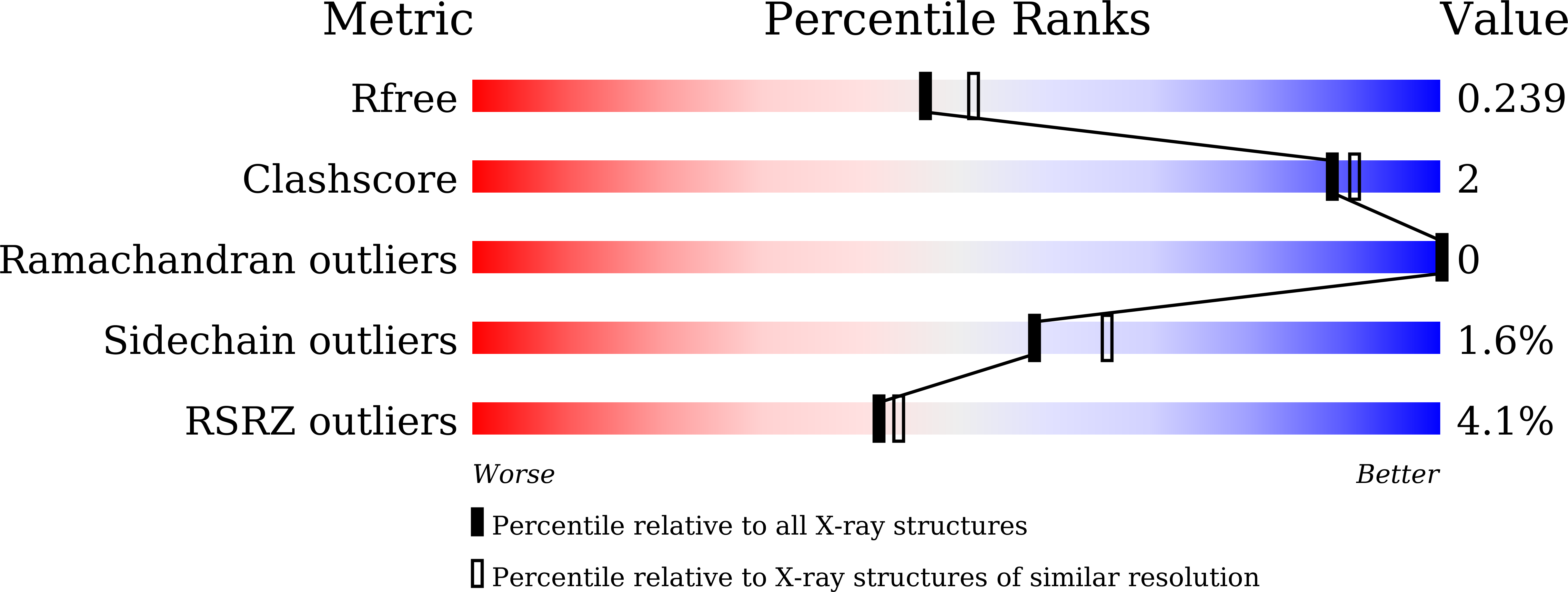
Deposition Date
2024-06-13
Release Date
2024-11-06
Last Version Date
2024-11-06
Entry Detail
PDB ID:
8ZX0
Keywords:
Title:
Crystal Structure of CntL in complex with a dual-site inhibitor
Biological Source:
Source Organism:
Staphylococcus aureus subsp. aureus Mu50 (Taxon ID: 158878)
Host Organism:
Method Details:
Experimental Method:
Resolution:
2.09 Å
R-Value Free:
0.23
R-Value Work:
0.20
Space Group:
C 2 2 21


